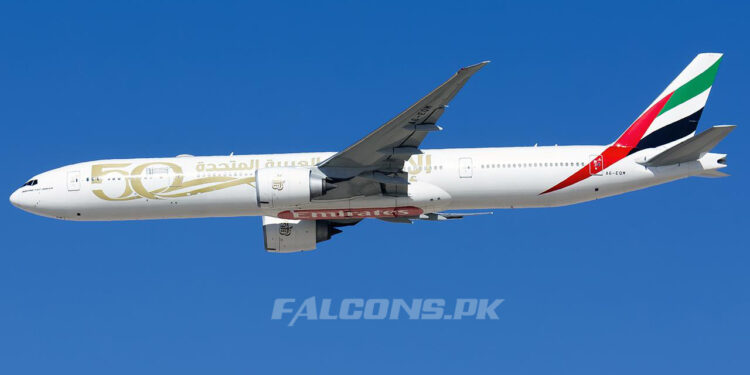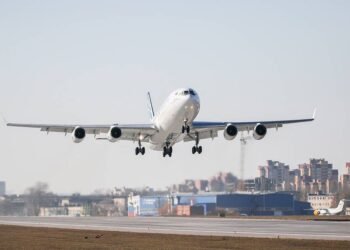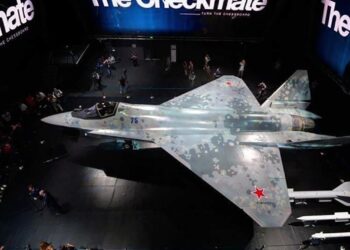By Reuters
ISTANBUL: Emirates President Tim Clark said the airline may order more Airbus A350, Boeing 777X or 787 jets as the Dubai-based carrier renews its fleet and looks ahead to demand through the 2030s.
“We are looking at both more A350s, more 777-9 and possibly the 787 range,” Clark told reporters on the sidelines of a global airlines meeting. He declined to discus the number of aircraft involved.
“All I will say is that we are looking at buying a number of extra aircraft,” he said. The Boeing 777X is a planned family of two large twin-engined aircraft including the 400-seat 777-9 and smaller 777-8.
Its entry to service has been delayed by around five years amid certification and engine development issues. Emirates reduced its order for 150 777X to 126 jets as part of a deal that saw the airline order 30 787 Dreamliners in 2019.
Speaking in Istanbul on Tuesday, Clark said he was “perhaps a little more confident” in Boeing’s ability to get the new aircraft out, adding he expected to receive the first aircraft in the last quarter of 2025. Boeing officials said at a media briefing last week that the 777X was on track to be certified and delivered in 2025.
Emirates Group last month posted record 2022-23 profit of 10.9 billion dirhams ($3 billion) and reported a “full recovery” from the pandemic. “The demand for our services continues to outpace our ability to get the capacity in place,” Clark said on Tuesday.
“The results for the first two months of this year have already exceeded what we did last year.” Clark also indicated progress on a long-stalled project to expand the terminal at Dubai’s second hub, paving the way for Emirates to move operations.
“On the new airport, we are close. I think the government is fairly close to making a decision very soon,” Clark said. Emirates would prefer the project to be finished by 2032 or 2033, “so a decade from now, basically,” he said.
The expansion of Dubai’s Al Maktoum International to handle 120 million passengers a year by 2025 has been delayed since around 2018. The airport, which opened to passengers in 2013, aims to be one of the worlds’ biggest but currently only handles a fraction of Dubai’s traffic, with Emirates still at Dubai International.






